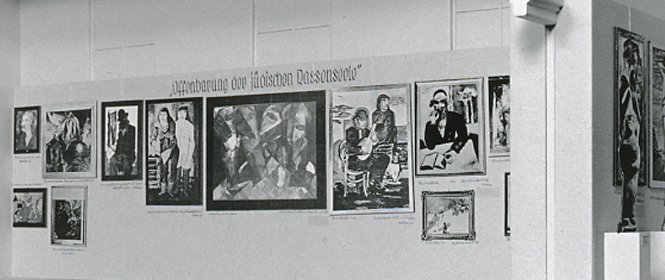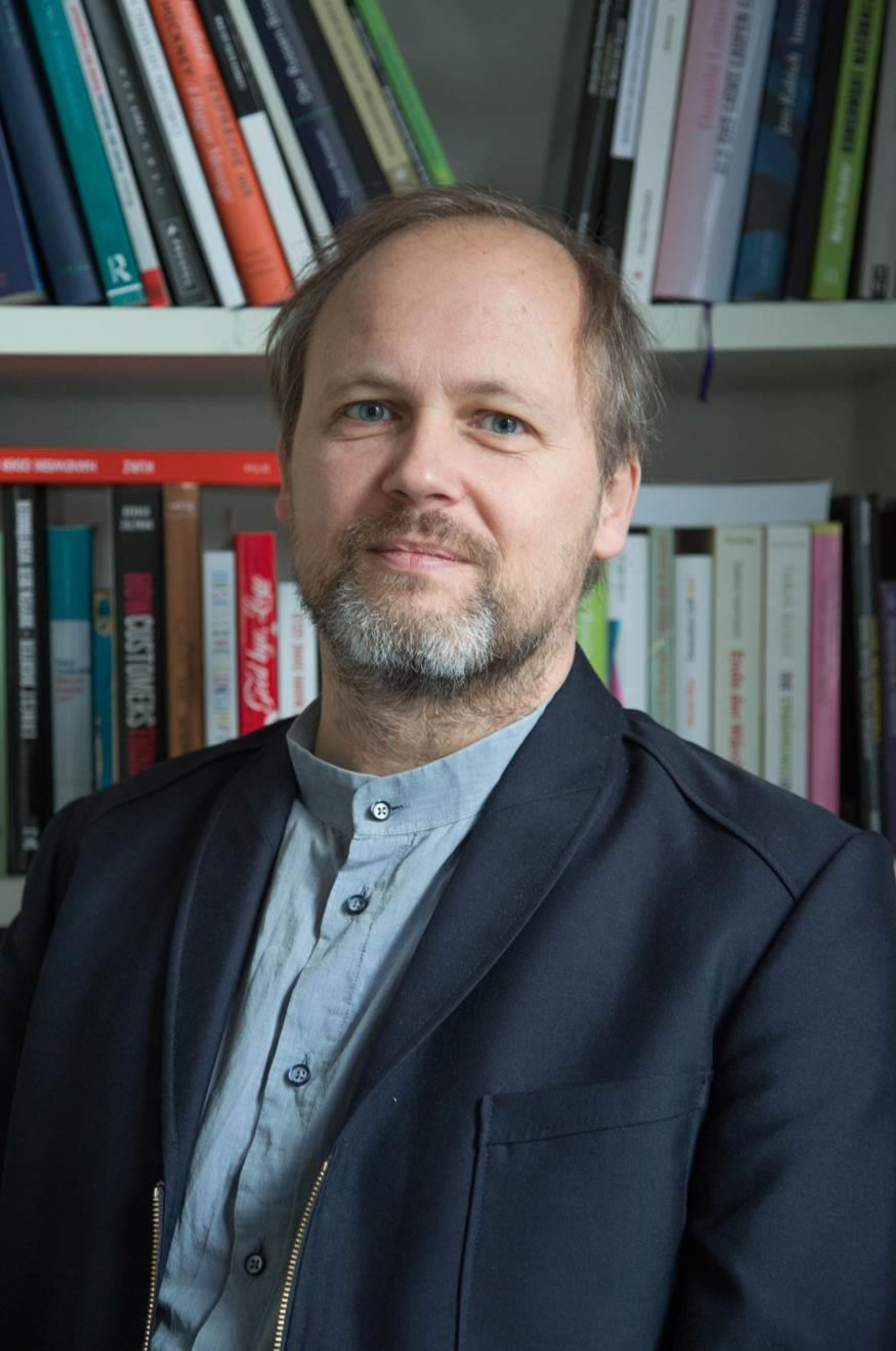
Why the Nazis Were Afraid of Modern Art
On 19 July 1937, the exhibition Entartete Kunst (‘Degenerate Art’) opened in Munich with some 650 works of art confiscated from 32 German museums. On the occasion of the 80th anniversary of the event, art historian Dr. Wolfgang Ullrich discusses the public denunciation of the works brought together in that exhibition.
In 2012, when the 75th anniversary of the Entartete Kunst exhibition was about to be commemorated, the art historian Julia Voss wondered in an article in the German periodical Merkur why only the date of the opening was observed. Commemorations of the beginning of something were usually appropriate for ‘happy events’ only, she claimed. Although nobody had sought to vindicate Nazi cultural politics, in the years since documenta 1 in 1955 at the latest, so Voss, the public debate about ‘degenerate art’ had reduced its subject to a mere ‘phenomenon in the history of style’, as though the only issue at stake at the time had been how expressionistic or abstract a work was allowed to be. Voss went on to allege that this change in the discourse had given rise to a convenient ‘traffic in indulgences’. She argued that the Entartete Kunst exhibition marked a welcome ‘low point in the history of style’ and constituted a binding negative reference. The louder we proclaim our commitment to the styles condemned by the Nazis, the more progressive and morally upstanding we can paint ourselves.
Voss correctly explained that the classification of an artist as ‘degenerate’ was not so much based on matters of style as on racial and political criteria. It did not help a Jewish artist if he or she painted in an impeccable Old Master style, whereas Franz Marc’s Turm der blauen Pferde (The Tower of Blue Horses) was removed from the Entartete Kunst exhibition in response to a protest by Word War I officers and veterans. After all, Marc had died for the fatherland near Verdun in 1916.
The Role of Art in Nazi Racial Politics
In fact, stylistic and eugenic grounds for why the Nazis declared something as ‘degenerate’ cannot be neatly separated. On the contrary, the two were inextricably linked. Had it been any different, the historically unprecedented Entartete Kunst exhibition would probably never have been mounted. It could only have been born out of a deep-rooted sense of fear and insecurity. The fact that the exhibition travelled for four years to twelve cities and that much was done to attract large numbers of visitors (more than two million in Munich alone) also attests to the importance the Nazis attached to the subject. On the one hand, they believed that phenomena of racial degeneration manifested themselves more clearly and more drastically in modern art than anywhere else; on the other hand, they feared that the works could have a negative influence on the beholders’ ideals of beauty and, with it, on humanity’s eugenic aspirations, and thus contribute to further racial degeneration. However much they adhered to the notion of art as a seismograph that reveals much about the condition of its time, they also believed it had the power to manipulate and shape opinion. And that is why they feared it.
Although the exhibition was planned at very short notice and put together within the space of just a few weeks, the organisers came up with quite a few tricks designed to alarm visitors and to forestall the much-feared negative effects of the art on show. They crammed 650 works into small cramped rooms that had never been intended for art exhibitions. Several works were not hung straight, and all the walls bore defamatory slogans and rabid vilifications that coloured visitor perceptions.
Of particular note is the fact that the exhibition featured a disproportionately high number of works showing the human figure, but very few works of abstract art. Equally scant were the genres of landscape and still life. This selection was intended to underscore just how much of a toll Modernism took on humanity. The accusations levelled at the artists of the different schools of Expressionism were not so much that they used the stylistic devices of their art to distort the faces and bodies of their sitters, but that these stylistic devices were a direct consequence of the fact that their sitters were cretins, morons and idiots and that abnormality and degeneration were indeed on the rise. Instead of countering this alarming development by looking to the beauty of the past, the artists – evidently degenerates themselves – were accused of not recognising the degradation for what it was or even of taking delight in it.
The Restriction to Questions of Style
It is this conflation of matters of style with race politics and social Darwinism that distinguishes the Nazis from many other opponents of modern art that came before and after them. Which is why it is more than merely a ‘traffic in indulgences’ when we take the Entartete Kunst exhibition as good reason to distance ourselves from the stylistic verdicts of the Nazis. It is in fact much more a good example of how works of art can be considered independently of other discourses and apocalyptic concepts of history. The more we treat stylistic questions as just that, the better we are able to do justice to art, as it enables us to appreciate it within the framework of its own development and its autonomy instead of trying to explain it as a function of something else. However much it oversimplifies Nazi art politics when we reduce them to questions of style, it frees art from unwarranted demands.

© Annekathrin Kohout |
Dr. Wolfgang UllrichWolfgang Ullrich, born 1967, lives in Leipzig and is a freelance author. Previously he worked as Professor for Science of Art and Media Theory at the Staatliche Hochschule für Gestaltung in Karlsruhe. Ullrich researches and writes about the history and criticism of the concept of art, visual-sociological questions and consumption theory. For more information see: www.ideenfreiheit.de. |